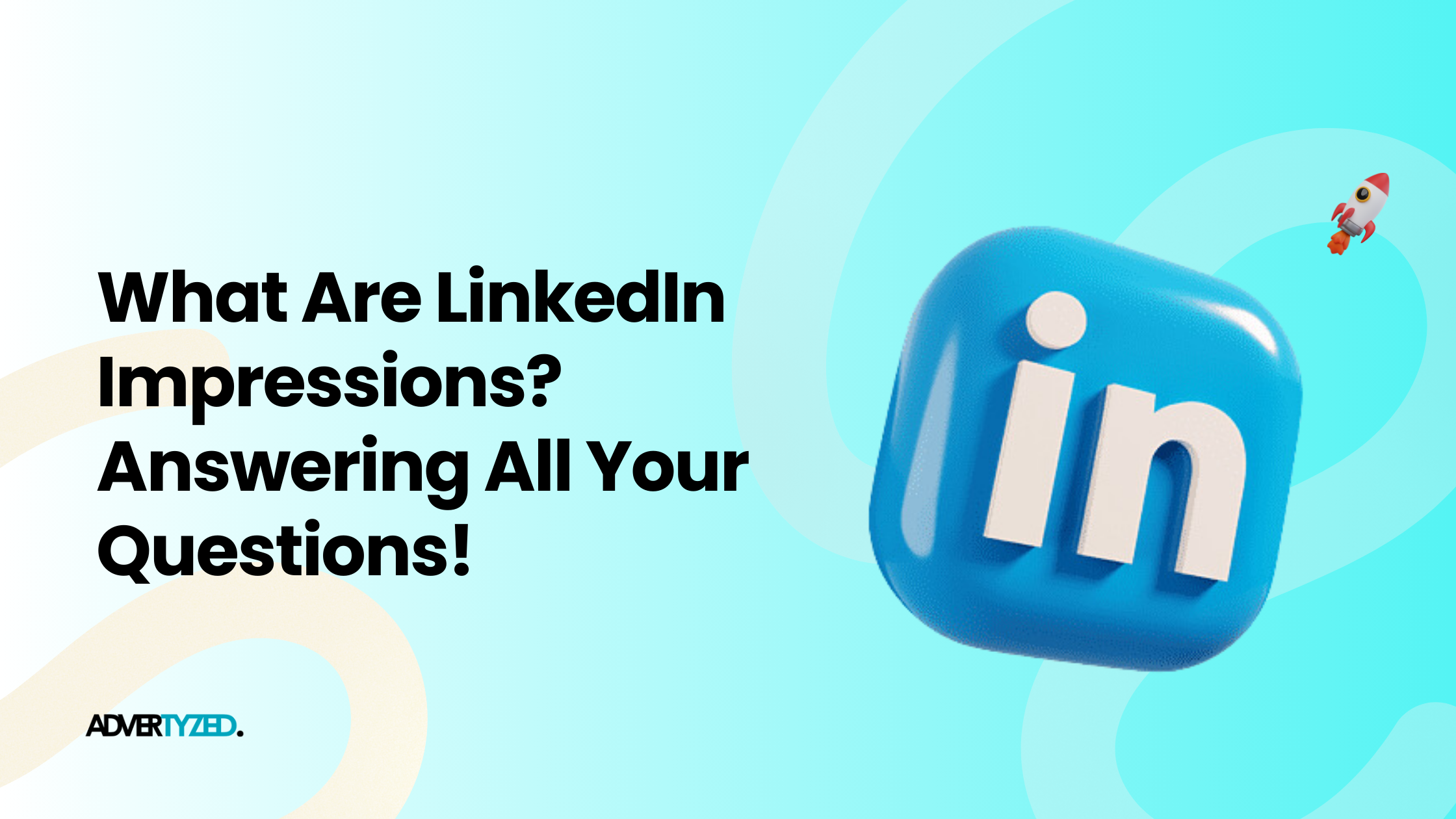LinkedIn is one of the biggest platforms for individuals and businesses to expand their professional network and enhance brand visibility.
With over 900 million users worldwide, it serves as a hub for professionals to connect, share insights, and explore lucrative opportunities. And for that, you need to understand what are impressions on LinkedIn.
Whether you’re a fresh graduate or an industry veteran, it has now become essential for everyone to maintain a well-optimized LinkedIn profile that generates organic impressions.
Getting Started With LinkedIn – For Beginners
If you’re new to Linkedin, the first thing you want to sign up. Linkedi will ask you for your email address and password. Once your through with this step, you’ll need to fill in your educational background and work history.
Set a professional profile picture, and a meaningful LinkedIn banner and you’re good to go!
This will enhance your visibility and show your profile or business page to users searching for your expertise on LinkedIn. This will give your profile a much needed exposure. Once your profile is all set and optimized, it’s time to post quality content that gets you the limelight you deserve.
For more details on how to create your LinkedIn profile or company page, you can check out our social media marketing guide for small businesses. Here, we’ve shared all the information you need to make the most out of your social media brand pages and profiles, including Linkedin!
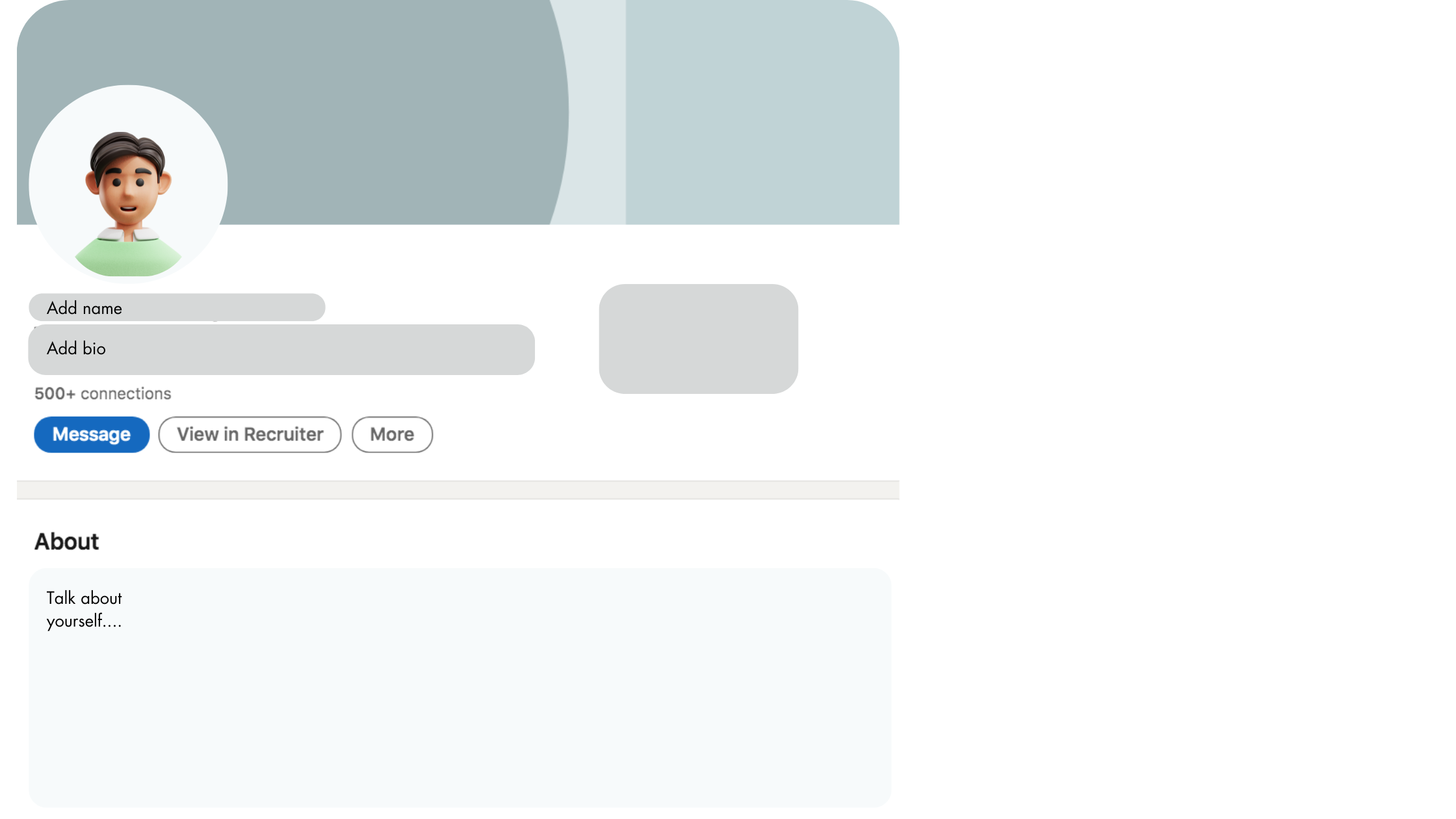
Not So Technical But Technical Aspect of LinkedIn
Getting impressions on LinkedIn organically isn’t rocket science, but it requires a fair amount of strategic planning, consistent posting and ongoing engagement on your part.
Lost already? Lucky for you, this article delves deep in the world of LinkedIn impressions, exploring their importance and offering tips and tricks to boost your impression metrics.
Understanding LinkedIn Impressions
A Textbook Definition
In simple words, LinkedIn impressions refer to the number of times your LinkedIn content (including posts, videos and articles) is displayed or viewed by other users, regardless of their engagement.
Sounds similar to views on other platforms like Instagram or YouTube right? Wrong! A video view is counted when someone clicks t or watches your video. Whereas, impressions on LinkedIn increase e. when your content reaches a LinkedIn user’s profile (regardless of any engagement).
Every time a user will scroll past your content, your LinkedIn impressions will add up. This also means that if the same user comes across your content more than once, the impressions will increase each time.
What are the Different Types of LinkedIn Impressions?
There are three types of LinkedIn Impressions; and each plays a unique role in enhancing your content’s performance and expanding its reach.
Understanding these three types empower you to optimize your LinkedIn strategy, boost visibility, and achieve your professional goals on the platform. The 3 types of LinkedIn impressions are,
- Organic impression
- Viral impressions
- Paid impressions
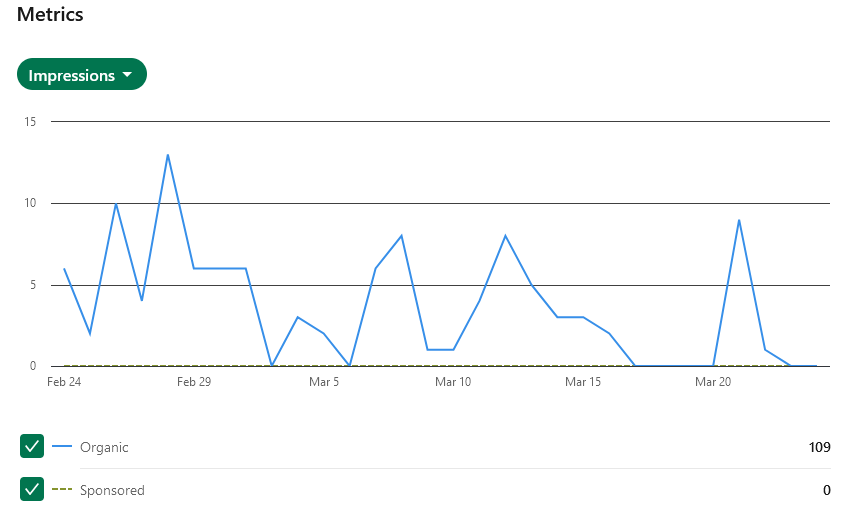
What Are Organic Impressions on LinkedIn?
Organic Impressions are the number of profiles your content reaches without any investment into ads or anything. These impressions are purely from your followers or people who are interested in what you’re talking about.
Organic Linkedin impressions are supported by Linkedin’s algorithm. For instance, if you start talking about a trending topic, your organic linkedin impressions would sky-rocket.
Why? Because Linkedin users are interested in consuming trending content and when you hop on this bandwagon, the Linkedin algo boosts your content.
When your content is boosted organically, you have a strong chance of gaining followers and shares. As your shares and comments (engagements) increase, your impressions go higher and the loop continues, until it slows down.
Low organic impressions reflect poorly on your LinkedIn profile and suggest that either;
- Your content is of poor quality,
- It wasn’t posted at the right time,
- It wasn’t optimized enough
- Your network isn’t strong enough.
The most effective way to boost your organic impressions on LinkedIn is to focus on creating quality content that resonates with your audience.
For example, share industry insights, offer fruitful opportunities, or provide expert advice. Another way is to optimize your posts using industry relevant keywords and hashtags, along with eye-catching images and videos that your audience is most likely to engage with.
Moreover, for higher engagement, we’d recommend posting between 9am to 5pm on weekdays. This is because during office hours,people are likely to scroll through LinkedIn as compared to weekends or after work hours.
Viral Impressions on LinkedIn
Viral impressions represent the amount of times your content is seen as a result of others sharing it. This means your post has caught the attention of people beyond your direct connections.
To increase your chances of going viral, focus on creating unique content that people find engaging and want to share. This could be through sharing info-graphics, insightful articles, or sharing personal experiences.
Another tip is to continue engaging with your followers and other LinkedIn users. Comment on other people’s posts, share their content, and join group discussions to build relationships and boost your visibility on their feeds.
But going viral isn’t easy. You need a solid script if you’re making a video or a target audience analysis if you’re posting images.
For linkedin videos’ you can use our list of viral hook-lines that grab attention, encourage engagements and boost your linkedin impressions.
Paid Impressions on LinkedIn
As the name suggests, paid impressions refer to the number of times your content is displayed through paid advertising efforts.
LinkedIn offers various advertising options that allow you to target specific audiences and increase the visibility of your content by paying for ads to appear in other people’s feeds.
If you have a specific message or an offer to attract a targeted audience, paid advertising can be highly effective.
You can choose from different ad formats such as sponsored content, sponsored InMail, and display ads. Linkedin also allows you to customize your budget and targeting settings to reach the right people.
Think of it as something similar to Facebook and Instagram ads, where you select your desired audience in accordance with their age, gender or industry, set a daily budget, and specify the locations where you want your ad to run.
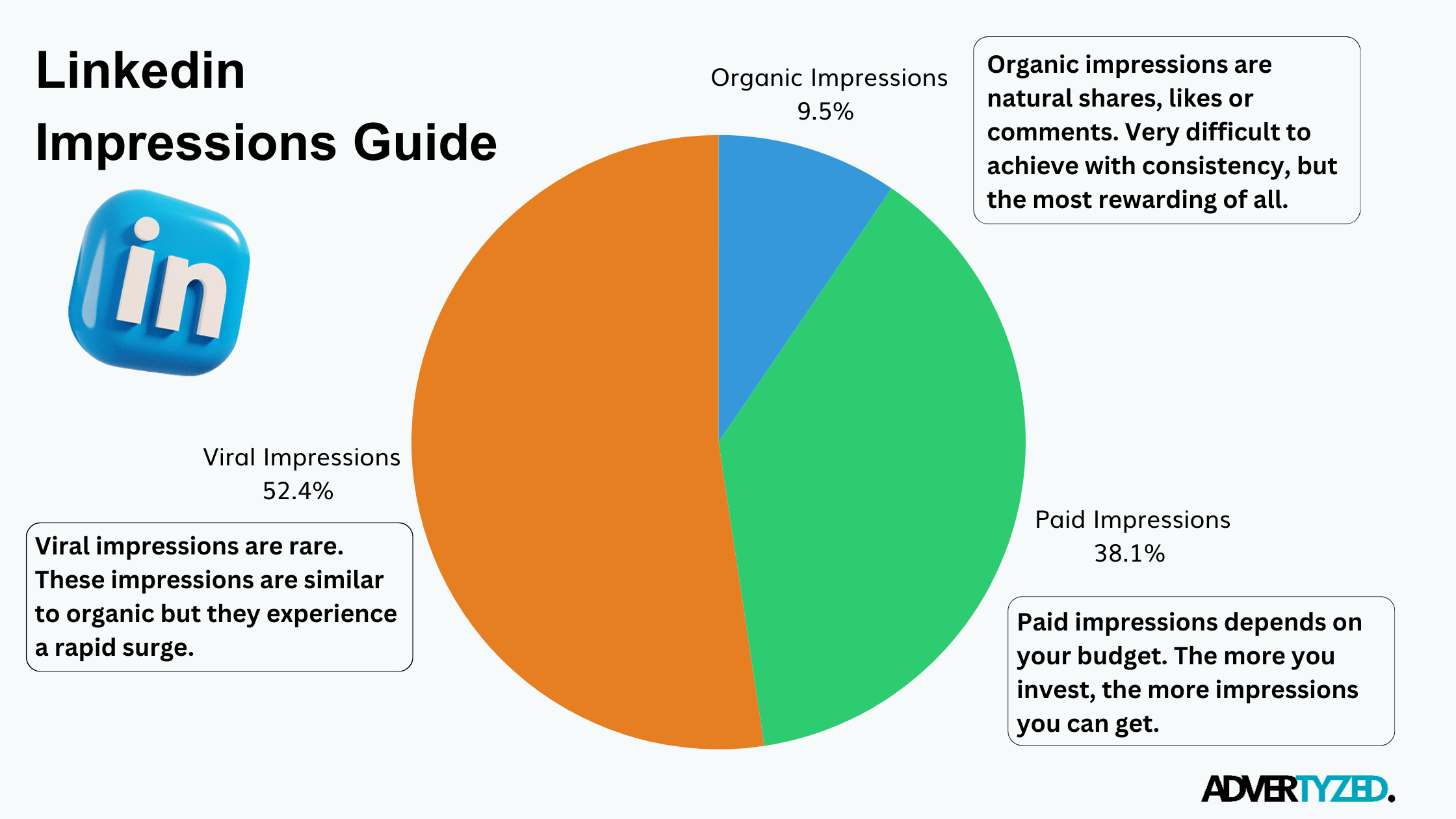
Why Are LinkedIn Impressions Important?
Now that you know what are LinkedIn impressions, you must be wondering why they’re so important. Well, impressions serve as an important metric for analyzing the effectiveness of your content strategy and overall presence on LinkedIn.
Linkedin impressions provide insights into your post’s visibility, helping you understand how many people are viewing your content and potentially engaging with it.
Naturally, if you’re sharing quality content on a regular basis, you will have more impressions, likes, comments and shares.
On LinkedIn, this usually portrays you as being an active and well recognized member of whichever industry you’re in, enhancing your overall rapport.
Moreover, impressions on LinkedIn play a key role in measuring brand awareness and audience engagement.
A higher number of impressions indicate that your content is reaching a larger audience. This is particularly valuable for businesses and professionals looking to expand their reach, attract potential clients or employers, and build meaningful connections within their industry.
If your content has more impressions, and people are engaging on your posts; it will naturally reach users who are not in your follow list too.
This helps businesses reach out to a larger pool of potential customers without having to pay hefty marketing costs.
However, although impressions are a valuable metric, they alone do not determine the success of your content.
It’s equally important to monitor other LinkedIn metrics like clicks, engagement levels, and conversions. Doing so provides a better understanding of how well your content is performing on the platform.
How to Increase Impressions on LinkedIn –A Compilation
Feeling overwhelmed with all the LinkedIn advice flying your way? Don’t sweat it, we’ve got your back! From increasing organic post impressions to getting more eyes on your videos and ads, here is a compilation of all the tips and strategies for increasing impressions on LinkedIn, that we shared you throughout the article for a quick revision!
- Optimize your profile and keep it updated
- Connect with other users to expand your network
- Engage on other user’s posts to enhance visibility
- Produce quality content that resonates with your audience
- Share personal experiences that others can relate with
- Share industry relevant news and insights
- Use hashtags and keywords throughout your text posts
- Share shorter but meaningful videos
- Share your content during weekdays, between 9am to 5pm
- Utilize LinkedIn Live feature to broadcast events
- Define your target audience clearly for LinkedIn ads
- Set a competitive bid for your ads
- Utilize LinkedIn analytics to track ad performance
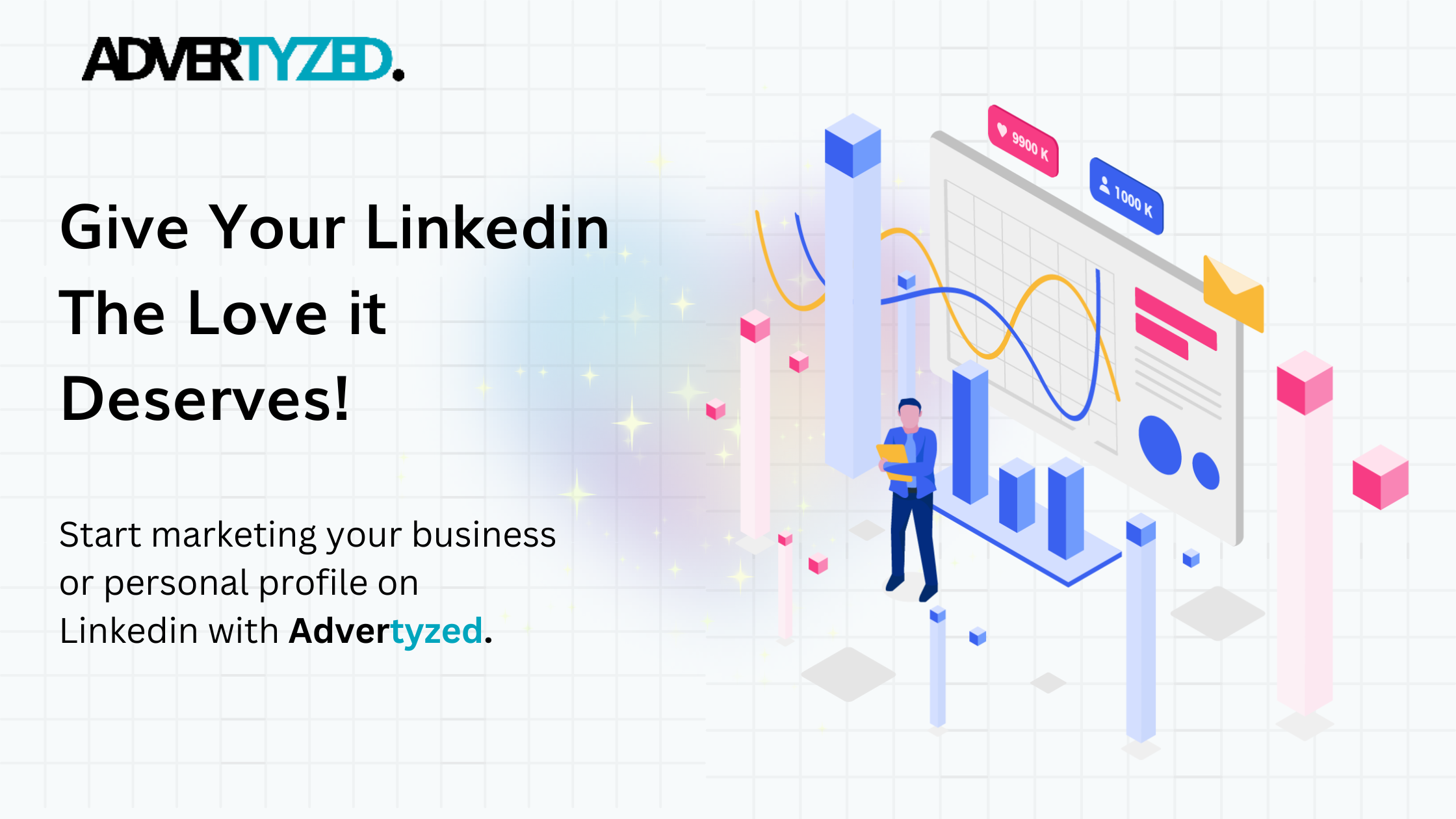
Looking to Boost Your LinkedIn Impressions? We’ve Got You Covered!
For newbies, learning what are impressions on LinkedIn and the complexities that tag along with it can be quite daunting. That’s where we come for your rescue.
At Advertyzed, we understand the challenges you face in increasing your LinkedIn impressions. That’s why we’re here as your trusted marketing agency. Specializing in social media marketing, our team of skilled experts is like your personal GPS, guiding you towards your destination of boosted impressions and increased engagement.
We don’t just offer generic solutions, we tailor our strategies to fit your unique goals and objectives. Whether you’re a professional aiming to grow your network or a business wanting to boost brand visibility, we’ve got the knowledge and tools to make it happen.
Trust Advertyzed to be your partner in navigating the world of LinkedIn impressions and achieving your social media marketing goals.


